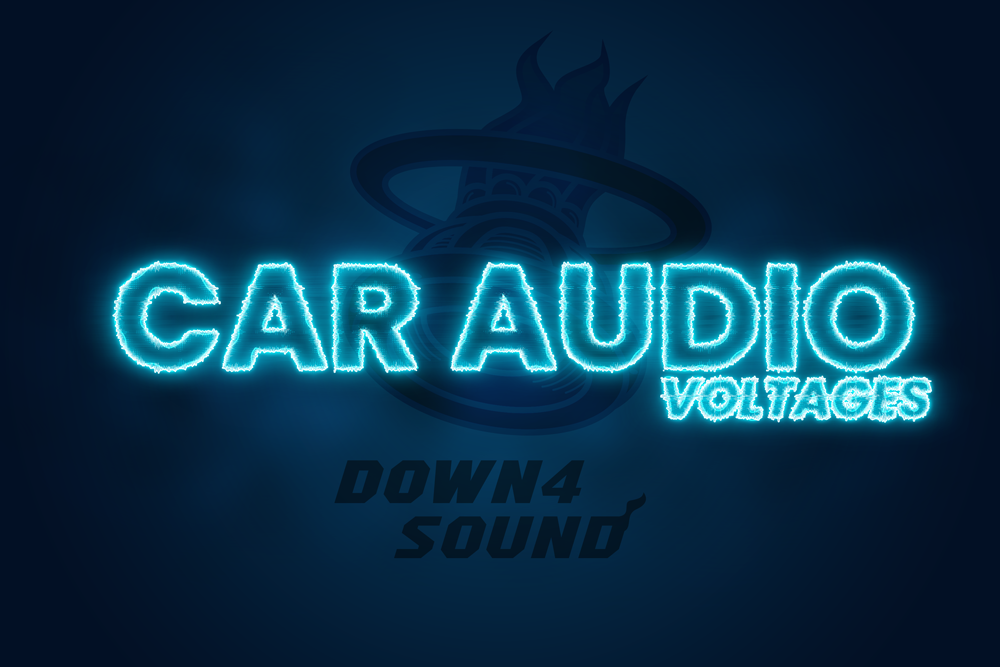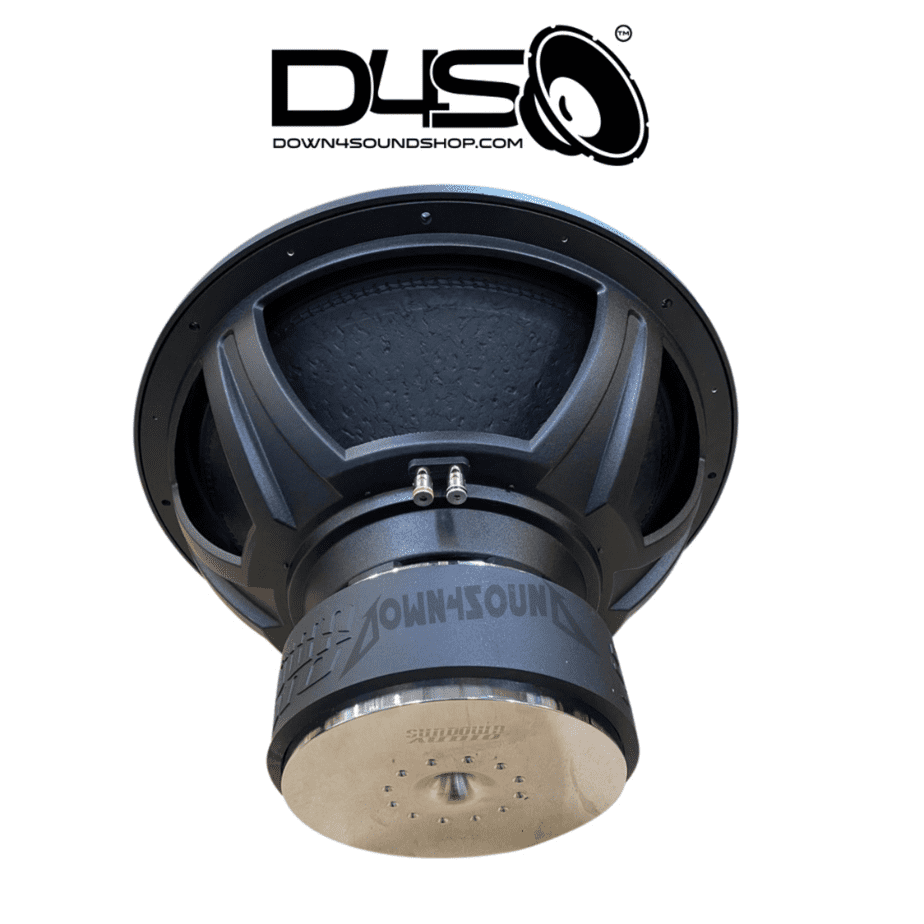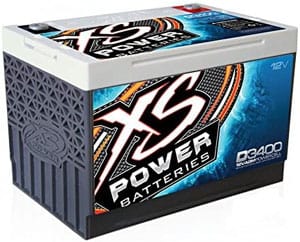When it comes to keeping your car audio system performing at its optimum performance level, you have to ensure your electrical system is up to par. If not, it can lead to poor performance or even damage to your equipment, such as your amplifiers.
Having your voltage properly dialed in is key to keeping your system running smoothly and performing at its best. In this post, We will be discussing the differences in running 12-volt, 14-volt, and 16-volt systems within your vehicle and how to properly do it without causing damage to your vehicle, or your car audio system.
To begin, let’s dive into the different voltage types and then move into what it takes to run these systems simultaneously within your vehicle.
The 12-Volt System

All most everyone knows, the 12-volt system is the stock voltage system for all vehicles on the road today. Everything from your headlights to your radio runs on 12 volts. It has been the standard for running all passenger vehicles and the accessories in those vehicles for decades. Because of this, adding car audio that runs on the 12-volt system is quite simple. In order to keep your 12-volt car audio system running at its peak, you should upgrade your current 12-volt electrical system by doing a big 3 upgrade, adding a high-output alternator, and an extra battery, or more, depending on how many amplifiers you will be running. For your basic factory system upgrade, doing the big 3 may get your voltage where it needs to be to run that single 1500 – 2000 watt RMS amp and get you bumping with no issues. On the other hand, adding any more power than that, and you will have to add a high-output alternator and possibly some extra batteries. With the standard 12 volt system, you want to choose car audio equipment that is rated to perform its best within the 12-volt range. Otherwise, performance and sound will suffer, and damage may occur.
The 14-Volt System

The 14-volt system is not too far off from the traditional 12-volt system. With a 14 volt system, you will have to add this as a separate system from the vehicle’s 12-volt system. The reasons. One, the 12 and 14-volt batteries cannot be connected within the same system with success. The batteries, for a lack of better words, hate each other and will constantly fight each other causing premature failure of one, or all of the batteries. Reason number two, your stock 12-volt alternator cannot sufficiently charge a 14-volt battery. The output voltage is too low to support 14 volt systems, so you will definitely need to run a dual-alternator setup. One 12-volt compatible alternator and another alternator with an external voltage regulator that can be adjusted to meet the recharging needs of the 14-volt system. If you plan on running a 14-volt electrical system for your car audio setup, you must choose equipment that is designed to run and perform at its peak within the 14-volt range.
The 16-Volt System

Though not common for everyday ground-pounding, or the average Joe. The 16-volt system is at the top of the pyramid for powering car audio systems. This system is not for the faint of heart. The 16-volt system is usually designed for competition use. It is usually more expensive to implement and the car audio equipment designed to operate with the 16-volt range will be out of most people’s reach and not even considered when they are building a car audio system for daily use. Similar to the 14-volt system, the 16-volt system must always be run as a separate system from the 12-volt system and a custom high-output alternator with an external regulator is a must, as well.
Charging Ranges
Depending on what voltage you are running will determine at what voltage your alternator should output to charge those batteries. Here is a quick charging voltage range based on the 12, 14, and 16 volt systems. To achieve higher charging voltages, we recommend a high-output alternator from Mechman, with an external voltage regulator.

12-volt system alternator charging range:
- 14 -14.8 volts
14-volt system alternator charging range:
- 16.5 – 17 volts
16-volt system alternator charging range:
- 19 – 19.5 volts
With a 12 volt system, the charging is controlled by the vehicle’s ECU, making this system a bit easier to control because all the guesswork is taken out of the equation by the vehicle itself. Keep in mind, with the 14 volt and 16 volt systems, the alternators must be run with external voltage regulators in order to dial in the precise output voltage for charging their respective systems.
Mixing Voltages, What Happens?
In theory, mixing 12-volt and let’s say 14-volt batteries together will work, but over a short time, the damage will ultimately be done to both batteries during the discharge and recharge cycles. Through these charge and discharge cycles, the more one battery is damaged, the more the other one will be damaged and eventually, both will need to be replaced prematurely. Also, the greater the difference between the batteries’ voltages, the faster this damage will occur. Even if you could get both a 12 volt and a 16-volt battery with exactly the same cell voltage, a problem would arise due to the small difference in the amp-hour capacity. This would shorten the life of the smaller battery through over-discharging and over-recharging.
Mixing battery voltages can not only cause major issues to your equipment, but it can also be dangerous, as well. Because the batteries could be over-charged and severely discharged, they will begin to heat up and the cases can swell, they can begin to leak the internal acid, or could possibly explode.
Conclusion
Because of the complexities of running dual-voltage setups for a car audio system, the rule should be, if you have no idea what it takes, or what you are doing, leave it alone. Simply run a healthy 12-volt system and you will be completely fine. Companies, like Sundown Audio, are beginning to recognize they the everyday car audio enthusiast is not going to run a 14 or 16-volt system. That’s why they have begun to develop and manufacture car audio equipment, such as the SALT series amplifiers that perform at their peak within a 12-volt electrical system.
To reiterate, if you are just looking to add a decent, daily-driver, car audio system to your vehicle, just stay away from dual-voltage setups. If you’ve taken the right steps to beef up your current 12-volt system, you will need nothing else.
I hope this post has provided you with a little more information about the differences and complex nature of 12, 14, and 16-volt electrical systems. If you are interested in getting your current electrical system up to par, head over to Down4Sound Shop. We have everything you need from D4S BIG 3 kits to high-output Mechman alternators and D4S and XS Power batteries.





comments (0)